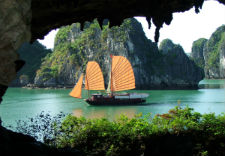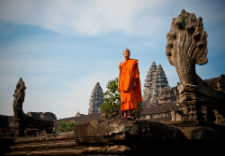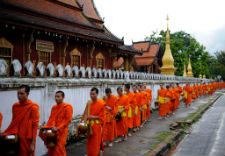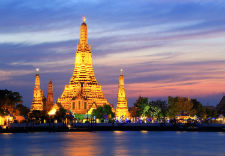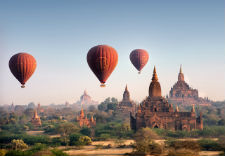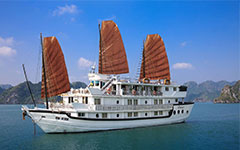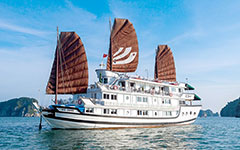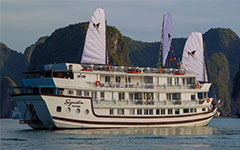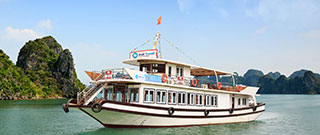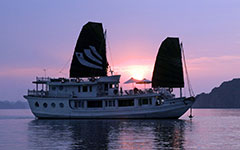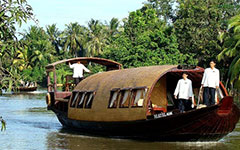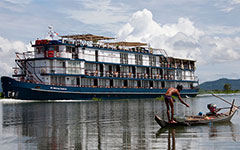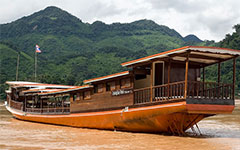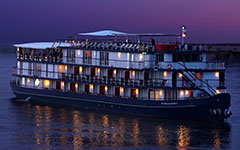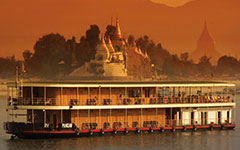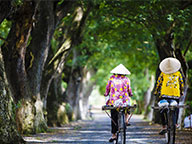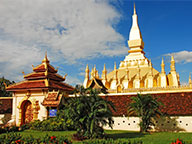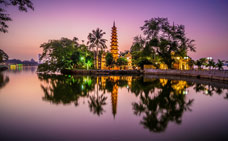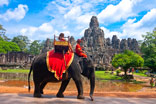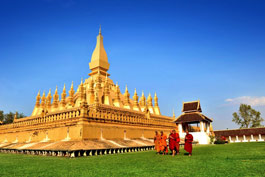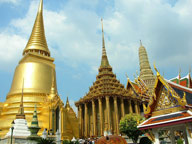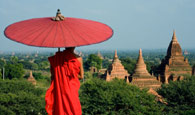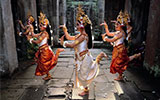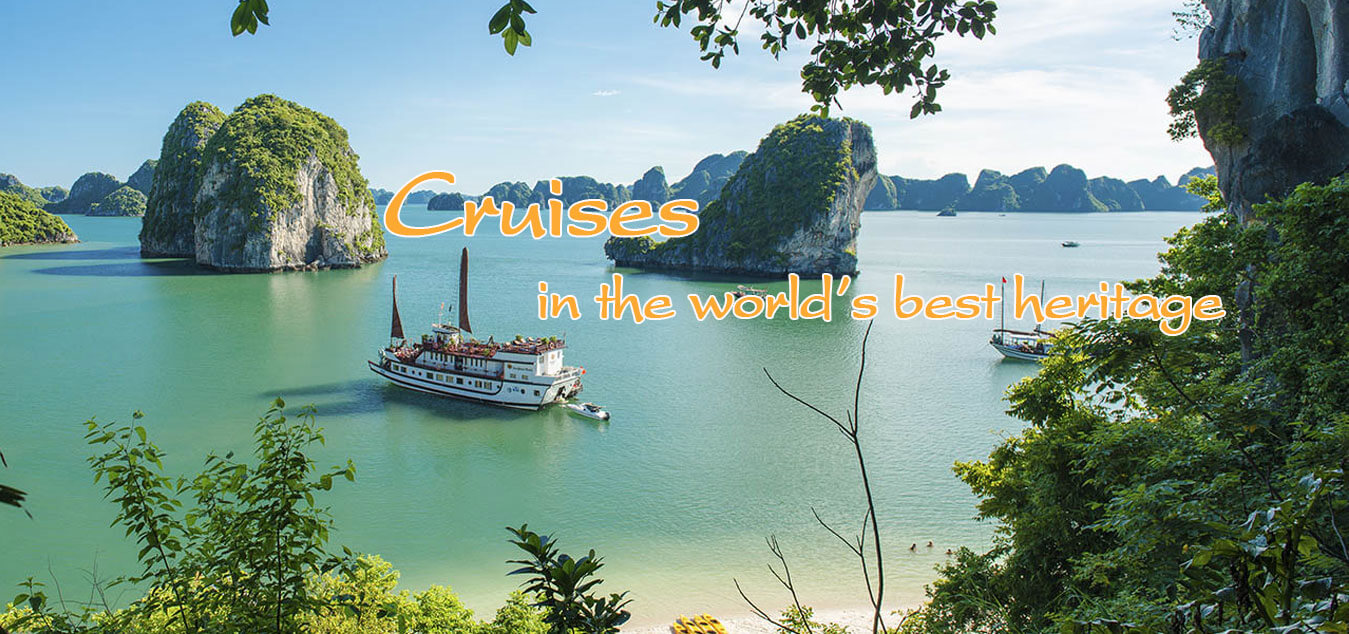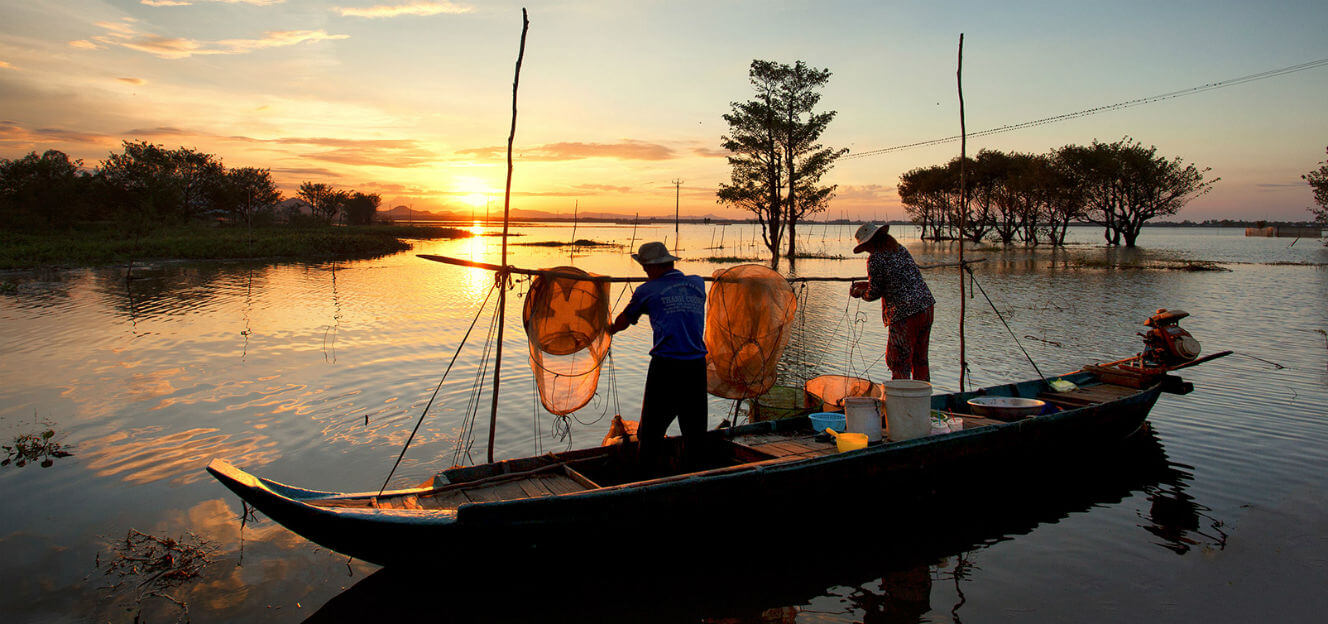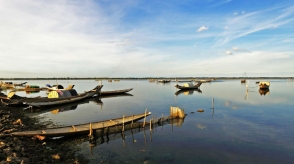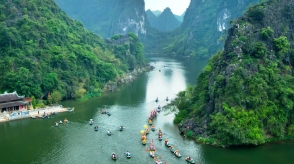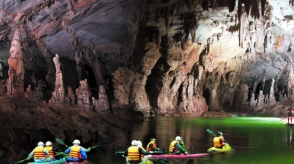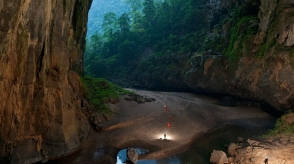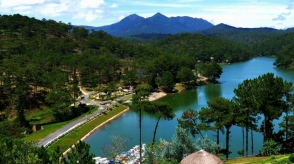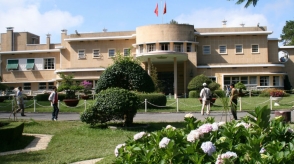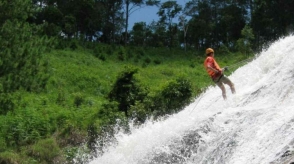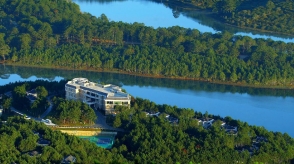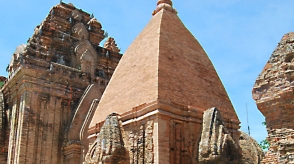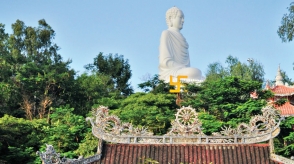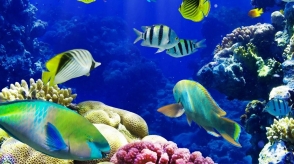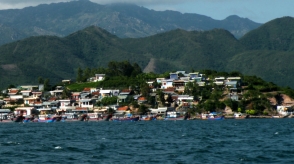Destinations
51 Destinations
Tam Giang lagoon has 24 kilometers length with an area of 52 square kilometers in Hue. Stemming from Thuan An harbor, small boat sweeps on O Lau river along the length of the lagoon. More than 15 kilometers, fields and bridges along lagoon, we come to Thai Duong Ha village. After 30 minutes, the boat comes to island on the lagoon; there has Thai Duong ancient village.
Situated near the southern margin of the Red River Delta, the Trang An Landscape Complex is a spectacular landscape of limestone karst peaks permeated with valleys, many of them partly submerged and surrounded by steep, almost vertical cliffs. Exploration of caves at different altitudes has revealed archaeological traces of human activity over a continuous period of more than 30,000 years. They illustrate the occupation of these mountains by seasonal hunter-gatherers and how they adapted to major climatic and environmental changes, especially the repeated inundation of the landscape by the sea after the last ice age. The story of human occupation continues through the Neolithic and Bronze Ages to the historical era. Hoa Lu, the ancient capital of Viet Nam, was strategically established here in the 10th and 11th centuries AD. The property also contains temples, pagodas, paddy-fields and small villages.
Phong Nha Cave is a cave in Phong Nha-Ke Bang National Park, a UNESCO World Heritage Site inQuang Binh Province, Vietnam. It is nearly 8km long and contains 14 different grottoes, as well as a 14km underground river. While scientists have surveyed 44.5 kilometres of passages, tourists are only allowed to explore the first 1,5km
Son Doong cave is world's largest cave, located in Quang Binh province, Vietnam. It is found by a local man named Ho Khanh in 1991 and was recently discovered in 2009 by British cavers, led by Howard Limbert. The name "Son Doong" cave means "mountain river cave", It was created 2-5 million years ago by river water eroding away the limestone underneath the mountain Where the limestone was weak, the ceiling collapsed creating huge skylights
The Valley of love is one of the most scenic sights in Da Lat, about 5 km north of the city center. In the 1930s, Indochinese Governor-General and French couples often chosed this place for their dates, then named Vallée d'Amour. By the time of King Bao Dai, this area was called Hoa Binh Valley or Valley of Peace, in 1953, Nguyen Vy - Chairman of Da Lat Town Council at that time - proposed to renamed Valley of Love.
Bao Dai’s Summer Palace was built from 1933 to 1937 under the dynasty of King Bao Dai (1913-1997), the last king of Vietnam, just only 2km from Xuan Huong Lake. This palace is called " Palace 3", and lies in the middle of a pine forest in Dalat.
Truc Lam is a Buddhist Pagoda, located outside the centre of Da Lat, just 7,5 km away from Dalat Center. It is a Zen Buddhist monastery, which you can get in an entrance to the temple with 61 steps or can go directly past Tuyen Lam Lake and then climb 222 steps past the triple gated entrance to enter the main courtyard in front of the temple.
Ponarga Temple was widely known to be erected in the 8th Century (781 A.D), the information of the temple complex was recorded on a stele, The Po Nagar complex is situated on Cù Lao Mountain. It consists of three levels, the highest of which encompasses two rows of towers. The main tower is about 25 m high
Long Son Pagoda is a Buddhist temple in the city of Nha Trang; it is a very popular for tourists and located at the foot of Trai Thuy Mountain, It was renovated and expanded again in 1940 before being destroyed during Vietnam War in 1968. After that, attempts have been made to rebuild the construction, but the temple has not been fully restored until recently.
Tri Nguyen aquarium in Nha Trang looks like a fossil ship that is covered by the moss and run aground in the Strait for long time. The ship is a unique architecture, was completed in 1998. With the height of 30m, the length of 60m and the width of 30m, the ship is divided into many floors with a fist pond on the ground floor, the souvenir shops on the second floor, a restaurant on the third one. On its deck is a mast and a cannon, an ideal position to enjoy the fine view of the sea from high above. Inside the fossil ship is a vast ocean.
Founded in 1923, about 5km from Nha Trang City Center, the Museum of Oceanography is meant for storage of artifacts (animals and non-animals) collected up until now from the ocean, and also a witness of crucial evidences of oceans all over the country and through different eras.
